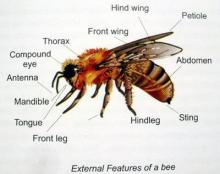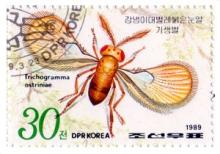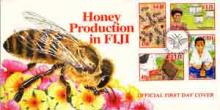Imker wollen Schadenersatz für tote Bienen
- Read more about Imker wollen Schadenersatz für tote Bienen
- Log in to post comments
Nach den ersten Untersuchungsergebnissen zum Bienensterben in der Rheinschiene fordern Imker Schadenersatz. Unklar sei allerdings noch, wie groß der Ausfall für die etwa 7100 regionalen Imker sei, deren Bienenvölker seit Wochen in Massen sterben, teilte der Landesverband Badischer Imker in Appenweier am Samstag mit.
Nach Überzeugung von Forschern ist das Pflanzenschutzmittel, das gegen den Maiswurzelbohrer eingesetzt wird, schuld am Bienensterben. Die Insekten fallen demnach dem Abrieb des Wirkstoffs Clothianidin zum Opfer. "Die Berufsimker sind an einem Punkt angelangt, wo es um Existenzen geht", sagte der Verbandsvorsitzende Ekkehard Hülsmann. Er sieht gewaltige Probleme, Entschädigungen umzusetzen, da auch Löwenzahn, Raps und Obst mit dem Pflanzenschutzmittel belastet sein könnten.







